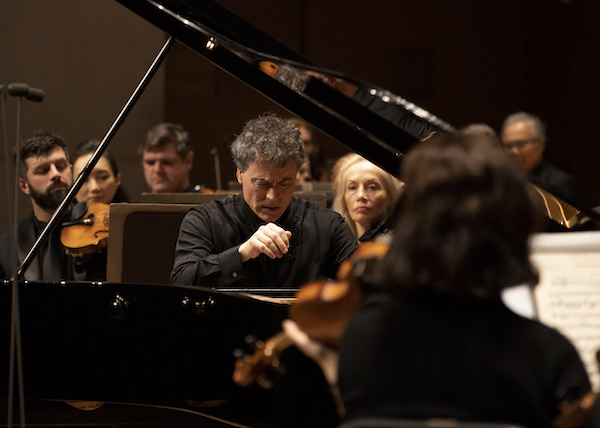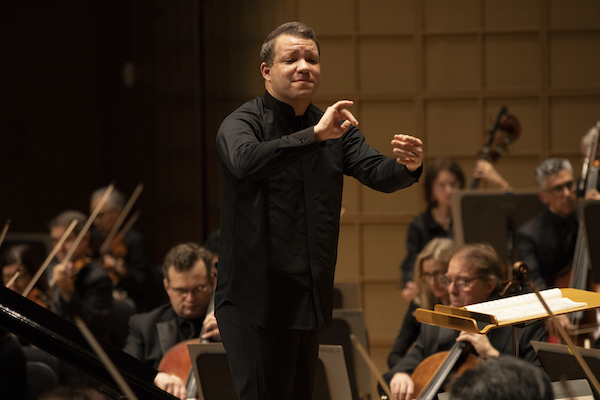A worthy premiere and impressive pianist debut with Dallas Symphony

It is not often that a piece from 1899 has its Dallas Symphony Orchestra premiere, but such was the case this weekend with Samuel Coleridge-Taylor’s Solemn Prelude.
After decades of relative obscurity, Coleridge-Taylor’s music is returning to the concert hall with increasing frequency, reflecting a new interest by the classical world of music of composers and performers of color.
This English composer of mixed race—his mother was a white Londoner, his father a medical student from Sierra Leone—had much to live up to from birth. His mother named him after the poet Samuel Taylor Coleridge, and called him “Coleridge.” (The hyphen was apparently a printer’s error that Coleridge-Taylor never bothered to correct.) While the composer’s cantata Hiawatha’s Wedding Feast was performed often during his late-Victorian lifetime, some of his music was lost, including the Solemn Prelude, which disappeared sometime after the first performance. The ten-minute score was restored last year after the manuscript was rediscovered.
The piece is certainly worthy of multiple hearings, with lots of swooping melodies and lush harmonies in the strings. The orchestra performed it skillfully, though there were some ensemble issues—back stands of strings were often very slightly behind first stands, a problem that seems to occur whenever violins are split, as they are this weekend.
Conductor Ryan Bancroft has an unobtrusive style: a mildly jaunty podium presence, free of excess. Ensemble issues notwithstanding, he coaxed a fine sound out of the orchestra: lush, warm, and full. Conductors should wear jackets, though. While the tailcoat certainly seems to be on its way out, a long shirt does not substitute for a jacket.
Rounding out the first half was the far-better-known Piano Concerto in A minor by Grieg with pianist Paul Lewis in his Dallas Symphony debut.
Lewis is known primarily as an interpreter of Beethoven and Schubert’s sonatas. The subtlety required for those pieces was in evidence Thursday evening. Lewis’ Grieg was never overblown; instead, he presented a thoughtful, rigorous, but still lovely and appealing interpretation of the concerto. Throughout Lewis offered a diverse range of expression and tonal colors appropriate to this concerto.
The orchestra supported the pianist effectively, with some especially fine playing from the horns and a golden flute solo by principal David Buck. The only issues were again with ensemble—when Lewis took rubato, the orchestra under Bancroft didn’t always wait for him.

The spotlight piece on this weekend’s programs is Sibelius’ Symphony No. 2 in D Major. Bancroft and the Dallas Symphony gave a mostly exciting performance of this warhorse. It is tempting to wallow in Sibelius’ rich melodies but the composer himself discouraged such excess; in the Finale, for instance, the insistent ostinato in the strings propels the melody forward.
Bancroft, conducting from memory, kept it moving, pushing tempos just a bit, creating energy and, ultimately, the optimistic mood Sibelius had in mind; his champion Robert Kajanus wrote of the Finale that it anticipates “lighter and more confident prospects for the future.” The orchestra handled the technical difficulties of the speedy third movement especially well, and while ensemble was again imperfect, perhaps unaided by Bancroft’s decision to forgo a baton, the overall effect was nonetheless delicious.
The program will be repeated 7:30 p.m. Friday and Saturday. dallassymphony.org


